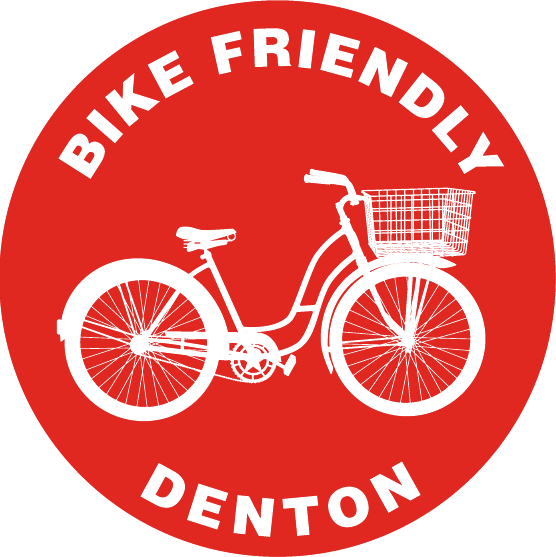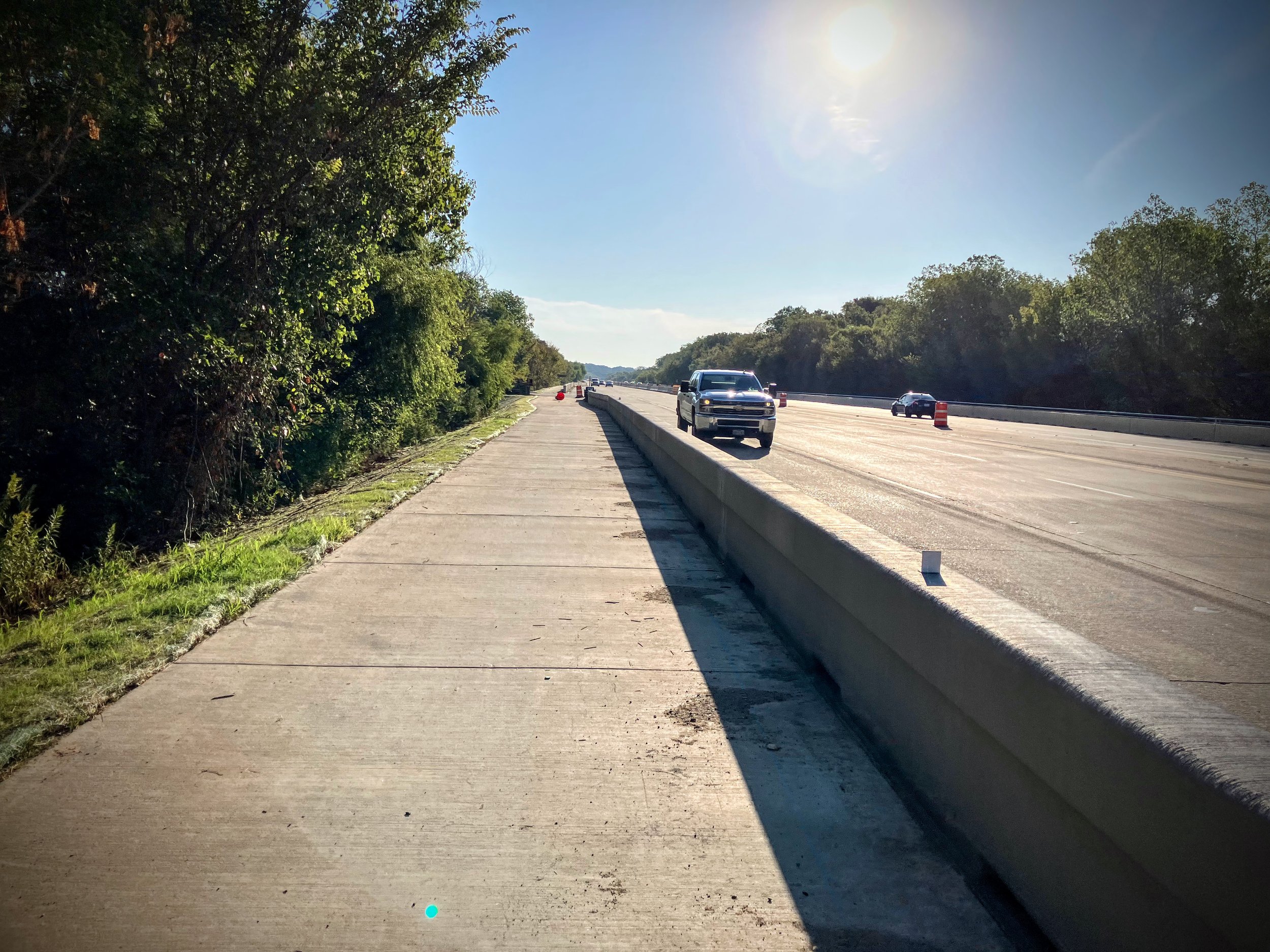Share Your Thoughts on County and Regional Transportation
September 29, 2024
Two entities that shape Denton’s transportation options are seeking public input to update their long-range transportation plans. The North Central Texas Council of Governments (NCTCOG) is updating its Mobility 2050 Plan, and Denton County is updating its Thoroughfare Plan.
Mobility plans are generally used to help prioritize transportation investments, outline a transportation network, and help developers understand where and when these investments might take place. These plans also ensure enough space is reserved for future roadways as areas are developed.
Denton County Thoroughfare Plan
Denton County does not focus on ensuring residents have the freedom to choose their transportation mode, so pedestrian, biking and public transportation networks are not a focus in its mobility planning. Currently, Denton County’s primary focus is on providing only one transportation mode: driving.
Whether you prefer to drive for every trip or want the freedom to choose from multiple transportation options, give your input on the Denton County Thoroughfare Plan update! Do you prioritize safety? Maintaining the roads we have? Widening roads?
Survey: Denton County Thoroughfare Plan - Share your priorities for this plan update!
Interactive Map: Denton County Thoroughfare Plan - Mark safety issues, things you like, etc.
Denton County’s 2017 Thoroughfare Plan - Get a better understanding of what Denton County does and does not plan for.
Public Town Hall on September 30
A public town hall is scheduled for Monday, September 30, 5:30 p.m. to 7:30 p.m. at the Denton County Elections Administration building at 701 Kimberly Drive, Suite A101.
Mobility 2050 Regional Plan
The North Central Texas Council of Government (NCTCOG) helps coordinate mobility across the DFW region. NCTCOG is also one of the pathways that federal transportation funding travels through to fund certain local transportation projects.
NCTCOG’s Mobility 2050 Plan focuses on providing multiple transportation modes to choose from rather than restricting people to only one transportation mode that many people are physically, financially or legally unable to use.
Help the plan work better for you by providing your input.
Survey: Mobility 2050 Plan - Do you currently have multiple transportation options to choose from to access your daily needs, or are you restricted to only one transportation mode? What would provide you with more options and more choice?
Map Your Experience: Mobility 2050 Plan - Mark safety issues, needed connection, missing infrastructure, and more. Help transportation planners help you!
Project timeline for the Mobility 2050 Plan.
Can We Actually Fix Congestion?
Over the past several decades, mobility planning has focused almost entirely on one transportation mode: driving. Leaders across the country are slowly realizing that it’s impossible to accommodate everyone driving for every trip. There isn’t enough money or space to endlessly widen roadways—money and space are limited resources.
Due to the limited resources of money and space, some leaders are shifting to multimodal planning that allows individuals to choose a transportation option that fits their needs rather than being forced to take a car everywhere they go.
It is significantly less expensive and more space-efficient to move people on sidewalks, public transportation, and bike lanes than by private automobile. Enabling people to replace some car trips with compact transportation modes also frees up existing road space for people who need or want to drive.
Here’s a comparison of how much land is required to transport 200 people in the same amount of time via different transportation modes:
Some leaders, however, continue to spend billions of dollars in congestion relief strategies that, after decades of trying, have not fixed congestion anywhere in the United States.
Congestion increases even when the increase in freeway lane-miles outpaces population growth. (Image source: The Congestion Con, p. 11, Transportation for America)
Trying to fix congestion by widening or adding highways is time-consuming, extremely expensive, and only provides a short period of relief before congestion returns again. This is due to a phenomenon called induced demand, where reducing travel time on a road attracts additional traffic through re-routing, new development, and mode shift.
Read: Why the Concept of Induced Demand is a Hard Sell (Governing.com, February 28, 2022)
The Texas Department of Transportation (TxDOT) plans to invest nearly $5 billion to widen or add roads in and around the City of Denton in the coming years. While these projects will temporarily improve traffic congestion, drivers will experience a quick return to miserable driving conditions and have little option to choose a different route or different transportation mode that is less expensive and stressful.
Upcoming TxDOT projects in the Denton area and their current estimated construction costs. (Source: Page 6 of the Denton Friday Staff Report for September 27, 2024.)
Some of the most pleasant places to live are where residents are given a variety of safe, feasible transportation modes to choose from. In places like this, driving is an option–not a requirement–to access daily needs.



